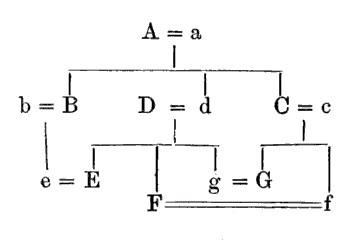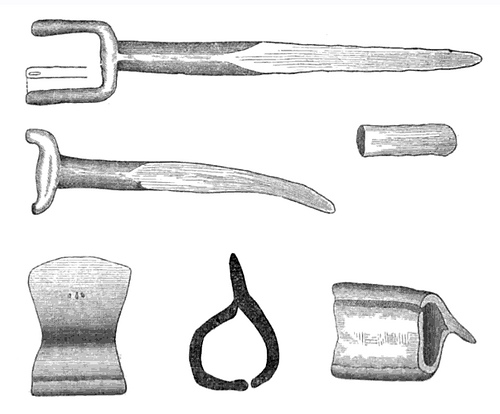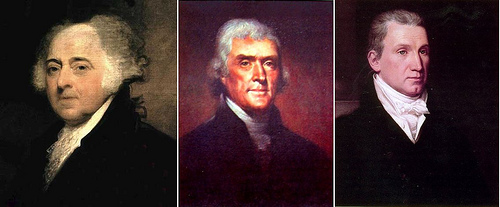(Please don’t try this.)
[T]ar … boils at a temperature of 220°, even higher than that of water. Mr. Davenport informs us, that he saw one of the workmen in the King’s Dockyard at Chatham immerse his naked hand in tar of that temperature. He drew up his coat sleeves, dipped in his hand and wrist, bringing out fluid tar, and pouring it off from his hand as from a ladle. The tar remained in complete contact with his skin, and he wiped it off with tow. Convinced that there was no deception in this experiment, Mr. Davenport immersed the entire length of his forefinger in the boiling cauldron, and moved it about a short time before the heat became inconvenient. Mr. Davenport ascribes this singular effect to the slowness with which the tar communicates its heat, which he conceives to arise from the abundant volatile vapour which is evolved ‘carrying off rapidly the caloric in a latent state, and intervening between the tar and the skin, so as to prevent the more rapid communication of heat.’ He conceives also, that when the hand is withdrawn, and the hot tar adhering to it, the rapidity with which this vapour is evolved from the surface exposed to the air cools it immediately. The workmen informed Mr. Davenport, that, if a person put his hand into the cauldron with his glove on, he would be dreadfully burnt, but this extraordinary result was not put to the test of observation.
– David Brewster, Letters on Natural Magic, 1868



